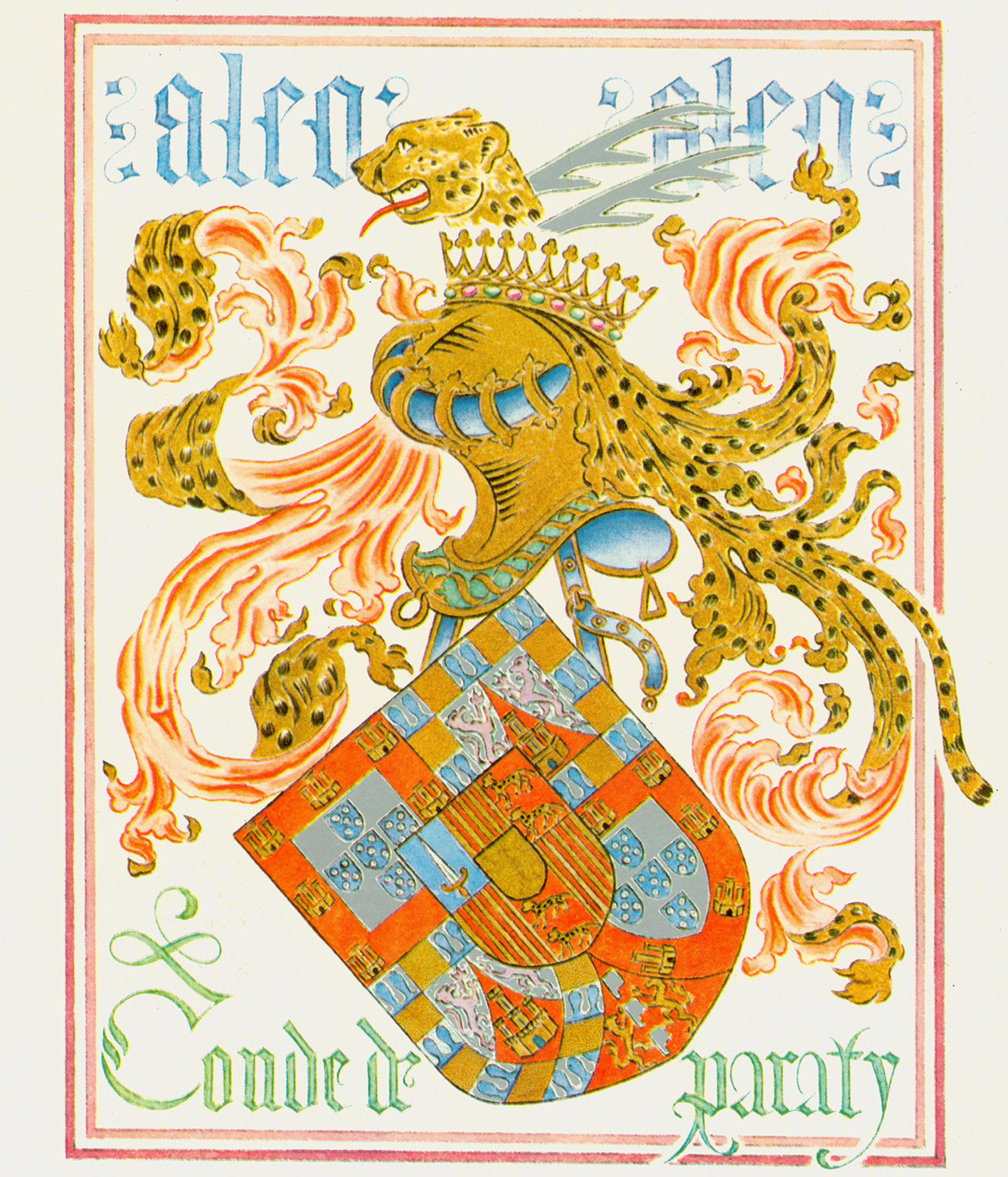Home

Bookplates are usually small pieces of paper with a printed design on them that are pasted in the front of a book, either on the inside cover or within the first few pages. Also known as "Ex Libris" or "from the library of," they are meant to denote who the book belongs to, and the earliest known examples come from Europe in the 1500s. Most early bookplates used a coat of arms as the way to denote who the owner of the book was. As books became more accessible to those not in the upper classes, the style of bookplate expanded to become more pictorial. This is partially due to the invention of the printing press, as well as the development of new printing techniques for the bookplates themselves. Later, in the 20th century people began collecting bookplates for their own sake, and many of the bookplates we see from that era were never attached to a book to begin with.
The bookplates in this collection were created by a variety of artists, some known and some unknown. I selected bookplates made largely during the 20th century, with two exceptions made during the mid-1700s. They come from around the world, and were made using a variety of printing techniques including woodcuts and engraving. Overall the majority of these bookplates are done in a single color, usually black or a dark brown. However, a few have one or two colors integrated into their designs. The majority of the works come from museum collections, including the Rijksmuseum, the Museum of Fine Arts Boston, the British Museum, and the Tartu Museum.
Overall, this collection is meant to cover a wide range of styles used in bookplates. When they were first used in Europe, a coat of arms was the most common type of style for most bookplates. However, as they developed and books became more widely accessible to those outside of the upper classes, other more pictorial styles became utilized. This collection features landscapes, animals, human figures, geometric and organic designs. Designs showing people reading is a common theme in bookplates, and a number of seated and standing readers have been included in this collection.
As someone who loves reading and art in equal measure, I’ve always been fascinated with these miniature pieces of artwork and how they add an extra dimension to someone’s personal book collection. Putting this collection together, I was able to go through different databases and see even more of the wide range of bookplates and how styles have changed throughout history. It has given me an even deeper appreciation for these small prints that are so often hidden away in books, and the databases that make them more visible.
References & Further Reading
Almack, E. (1908). ... Bookplates. A. C. McClurg & Co.
Armandroff, O. (2020). William Fowler Hopson and the art of the personalized bookplate at the turn of the twentieth century. Winterthur Portfolio, 54(1), 65–107.
Encyclopædia Britannica. (n.d.). Bookplate. Britannica Academic. Retrieved from https://academic.eb.com/levels/collegiate/article/bookplate/80662
Hopkinson, M. J. (2011). Ex libris : the art of bookplates. Yale University Press.
Keenan, J. P., & Parfit, C. (2013). Bookplates : The Art of This Century: an Introduction to Contemporary Marks of Ownership: Vol. First edition. CAMBRIDGE BOOKPLATE.
Schimmelpfeng, R. H., Keenan, J. P., & American Society of Bookplate Collectors and Designers. (2009). Illustrated Essays on Bookplate Collecting. CAMBRIDGE BOOKPLATE.